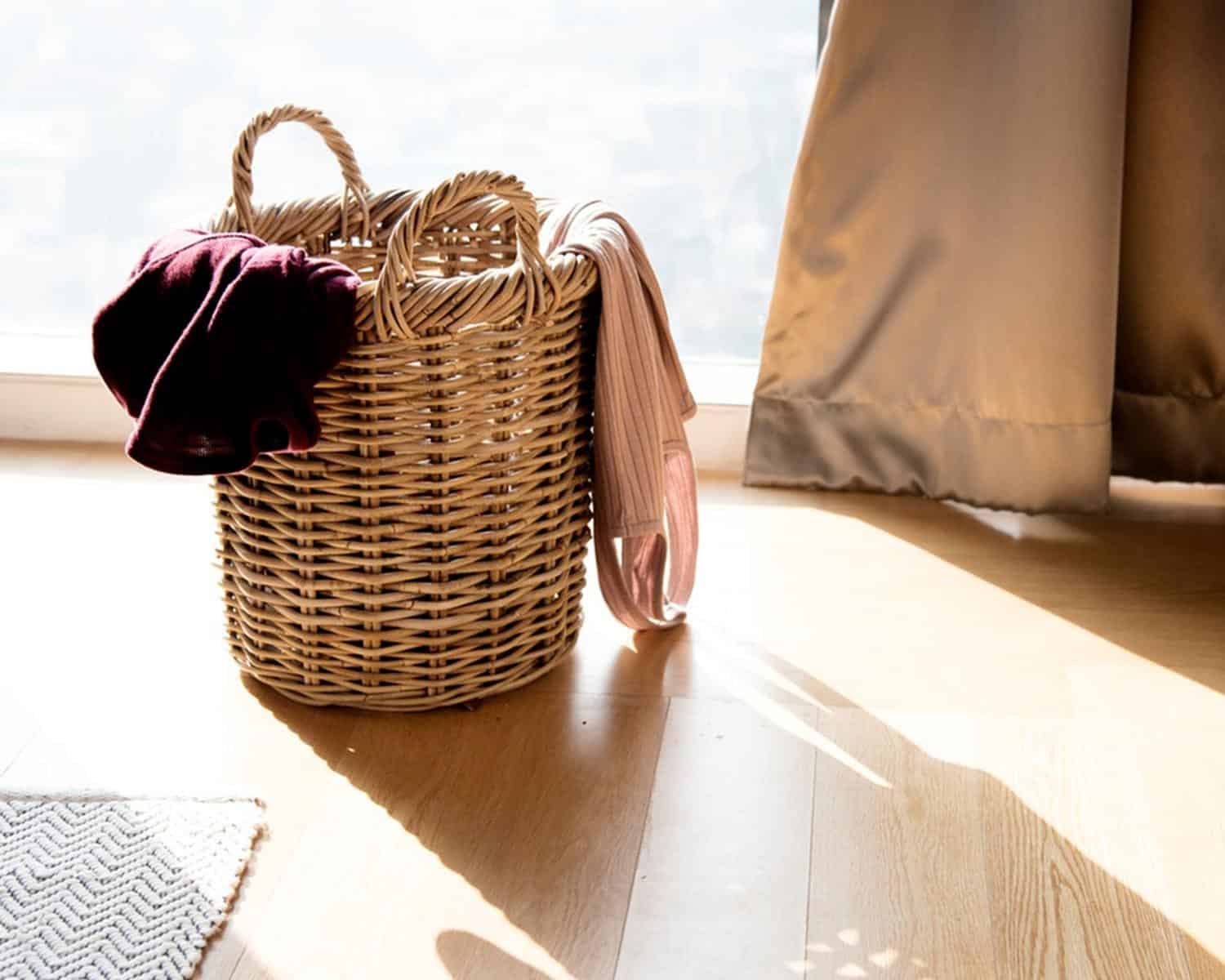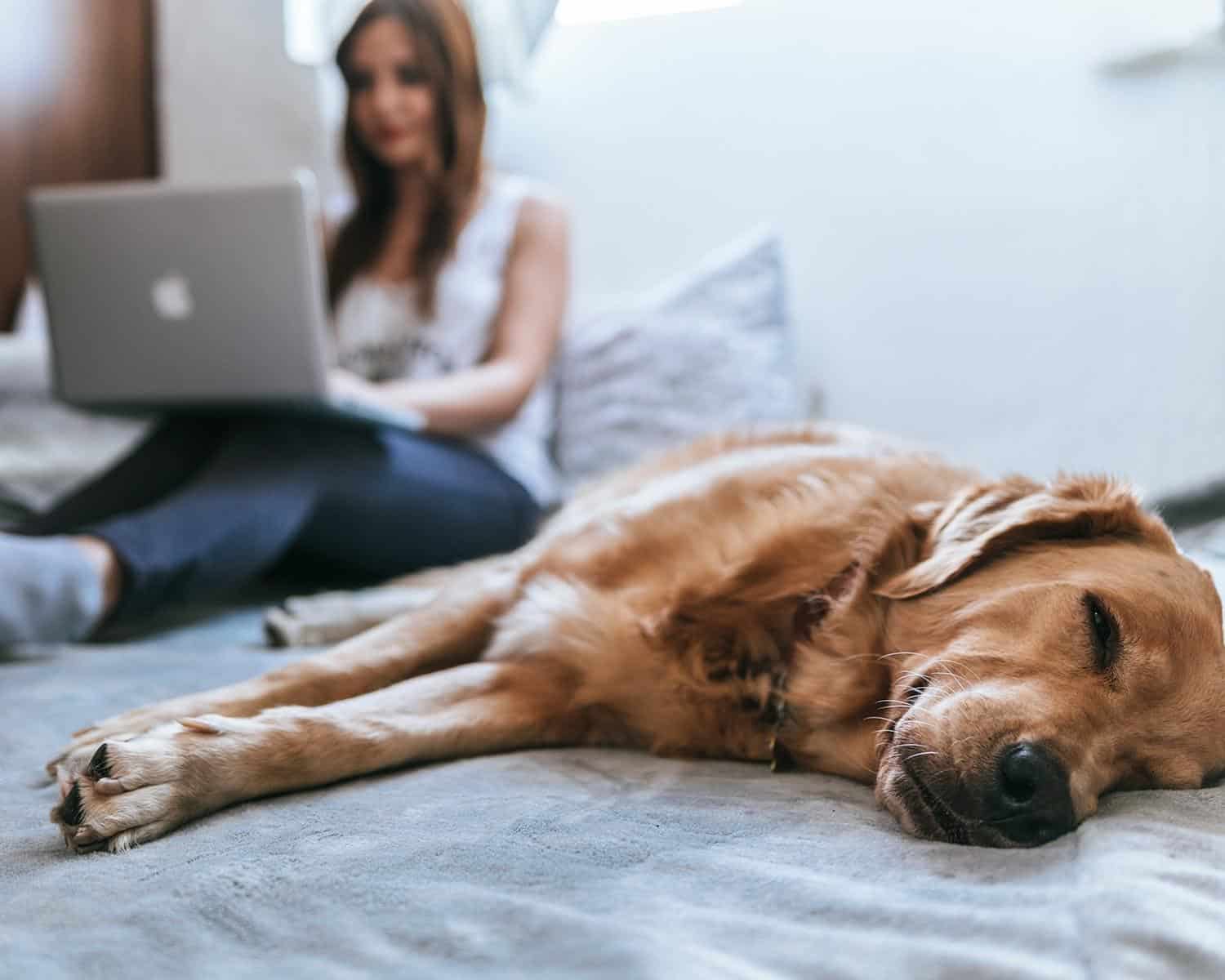Most pet owners ask themselves “how do I find pet-friendly houses?” But finding a pet-friendly house is just the first step. You also need some tips on pet-proofing your house.
Your pet is your most faithful companion. For most of us, the thought of giving up a pet to buy or rent a property is out of the question.That leads to most pet owners asking a simple question.How do I find pet-friendly houses?It’s a more complex question than you may think. Many landlords don’t allow pets because of the potential damage that they can cause. You’ll also find that many of the places you view aren’t exactly pet-friendly.Let’s assume that you’ve found a place that allows pets. What you need to do now is to make it a pet-friendly house. Here are nine essential tips for pet-proofing your house.
Tip #1 – Sort Out the Fence
Having a garden offers you plenty of opportunities if you have a pet. It gives you somewhere to let your pet out into so they can exercise. Moreover, it’s somewhere that your pet can go to handle their business that isn’t inside the house.But a garden can present opportunities for a pet to escape the house. This is especially the case if it has an old or short fence.When you buy a new home, pay close attention to the fence. You’re looking for any holes, cracks, or other signs of weakness. It’s surprising just how much a determined pet can make out of one small issue with a fence. If you spot a problem, repair it or replace the fence.You also have to consider the height of the fence, especially if you have a dog. Some breeds of dog can jump six feet into the air. A fence that’s smaller than that won’t offer them much of a barrier. Replace the fence if it’s too short. You may also need to pay attention to the fence’s depth. A dog that loves digging may find a way under the fence if it can’t get over it.
Tip #2 – Clear Up the Kitchen
Your pet may end up spending a lot of time in your kitchen. Many pet owners use the kitchen as the place for their pets to eat. But you have to consider the dangers that some of the things you keep in the kitchen present to your animal.For example, you may keep a lot of cleaning products under the sink. You already know about the damage that bleach and similar products can cause. If your pet can access your cleaning product storage area, you’re placing the animal at risk. Keep all cleaning products out of your pet’s reach. Or, attach locks to any cupboards that your pet can access if you don’t have that option.Moreover, think about the foods that can harm an animal. For example, chocolate can cause severe illness in dogs and cats. The same goes for dairy products. Keep these out of reach in the same way that you do with your cleaning products.
Tip #3 – Baby-Proof the House
A baby-proofed house is essentially a pet-friendly house. Many of the devices and tricks that you can use to protect a baby can also protect a small animal.Examples include the following:
- Baby gates can prevent the animal from accessing rooms that contain things that may present danger to them.
- Use some sort of containment system that keeps electrical cords wrapped up. This lowers the risk of accidental strangulation.
- Covers for power strips and electrical sockets ensure the safety of more curious pets.
- Safety locks can keep bathroom and kitchen cabinets secure from unwanted intrusion.
These are just a few suggestions. Remember that most free-roaming pets have a natural sense of curiosity. They’ll want to explore as much of the house as possible. After all, it’s their territory too.You can use baby-proofing as a way of pet-proofing your house. This keeps animals away from dangerous things that their curiosity may lead them towards.
Tip #4 – Use Pet-Proof Bins
We mentioned the dangers that some foods can present to pets earlier on. What you may not realise is that your pet doesn’t mind if it eats fresh food. You may not give that half-eaten discarded chocolate bar a second thought. But your pet probably noticed you threw it away.If you’re not properly pet-proofing your house, your pet could get inside the bin and access dangerous foods. In the best case scenario, this just means that you come home to find rubbish strewn all over the floor. In the worst case, your pet will find something that’s toxic to them. When consumed in high enough quantities, this can lead to severe illness or even death.The sturdier your bin the better. Ideally, you’ll be able to install a pull-out bin under one of your counters. You can then lock the counter until you need the bin.But that’s not always an option. Even the most pet-friendly house may not have enough space under the counters for these bins. In these cases, use a bin that has a metal lid and requires a push mechanism to open. This mechanism should prevent curious animals from sneaking a peek. Plus, the weight of the metal lid ensures animals can’t move it out of the way.
Tip #5 – Create a Pet-Friendly Zone
Every animal needs their own space. Part of creating a pet-friendly house involves creating a little zone for your pet to call its own.For example, you may have a corner of the sitting room where you put your animal’s bed. You can also place the pet’s chew toys and anything else related to them in this zone. Your pet will naturally gravitate towards this area. This also helps to keep them away from areas of the house that present a danger to them.Moreover, you can teach your pet important habits if you create such a zone. For example, a dog will learn that the bed in this area is where they sleep. They’ll stay off the sofa and beds because they have their own space. They’ll also learn that this zone is where you keep the things that they can chew. Use this to teach them about the importance of not chewing other items in the house.
Tip #6 – Chuck the Poisonous Plants
Plants may seem like the most innocuous thing ever. They’re little bits of decoration in the property and generally don’t present a danger.But the types of plants you have plays a big role in whether you have a pet-friendly house.Several types of plants present issues for animals. Even common plants, such as lilies, tulips, and daffodils, can make an animal seriously ill if ingested. So can that Aloe Vera plant that you keep in the corner.Find a list of poisonous plants and comb through both the house and garden. You’ll need to get rid of them if you don’t want to come home to a sick pet.
Tip #7 – Keep Laundry Out of Reach
There are few things that a mischievous pup loves more than getting a hold of your laundry. They’ll happily tug socks and fling clothes around. Many even make makeshift beds out of any clothes that carry your scent.But your laundry can also present a major hazard to your pet.Anything that contains buttons, laces, or zips can cause problems. All of these things can detach from clothing, which present a choking hazard to your pet. A swallowed button can even prove fatal to smaller animals.The key here is to keep your laundry out of reach. Don’t throw old clothes on the floor and keep laundry baskets locked up. Remember that anything that carries your scent will attract your pet, especially when you’re out of the house. Do what you can to keep your clothes locked up.
Tip #8 – Keep an Eye on Fire and Water Hazards
Remember that most animals are very curious. They’ll want to check out everything and will often only learn from the reactions that come from their exploration.This doesn’t cause a problem, in most cases. However, issues arise when that curiosity leads them to installations that can cause serious damage. Examples include barbeque pits, fireplaces, and water features.You don’t want your pet to have to burn or almost drown itself to learn to stay away from these things. Instead, prevent your pet from accessing them altogether.Fencing is your best bet for this. A well-trained pet will understand that a fence means that they shouldn’t try to access the area.However, some pets will still allow their natural curiosity to take over. Some pet owners use motion sensors when pet-proofing their homes. These alert you whenever your pet gets a little too close to a dangerous installation, which allows you to react before it gets hurt.
Tip #9 – Lock the Gate
You may have installed a high fence, but even the smallest oversight can make it easy for a pet to escape the garden. For many, the gate is the main culprit. Part of creating a pet-friendly house involves ensuring the gate closes and locks properly. Absent-mindedly leaving the gate open provides a perfect window of opportunity for your animal. And there are so many times this may happen. For example, you might pop outside to have a quick chat with the neighbour. If you forget to close the gate, your pet may charge outside and suddenly have to deal with cars and other hazards.Get some locks for your gates and ensure they shut securely when you’re not there. But also pay attention to your own habits. Leaving a gate open when you live without pets may not present a problem. But doing it when you have pets creates an escape route.
The Final Word
Finding a pet-friendly house isn’t always an easy thing to do. In most cases, you’re going to have to take a few steps of your own to make your home safe for your furry companion.Happily, Cohen Handler can help you to get started. Contact our buyer’s agents today to start your search for a property that fulfils as many of your pet’s needs as possible.
